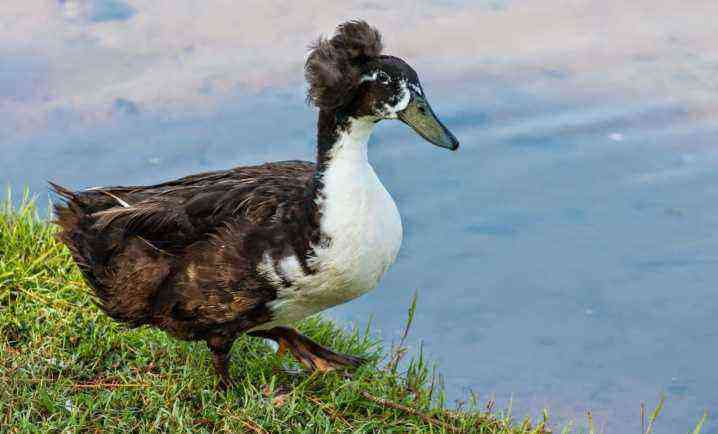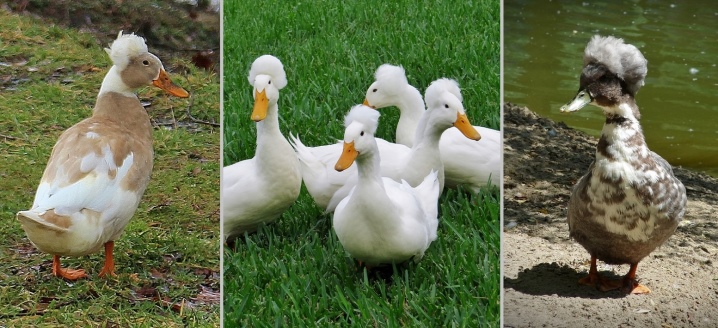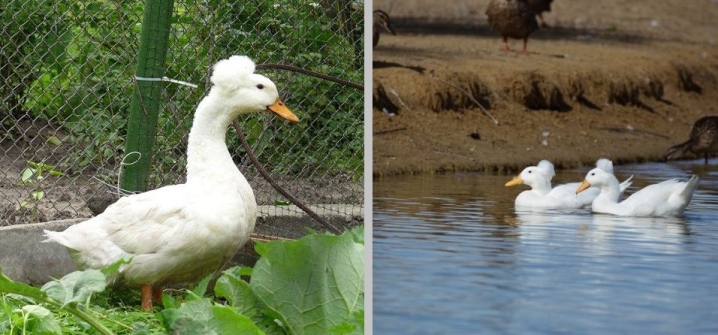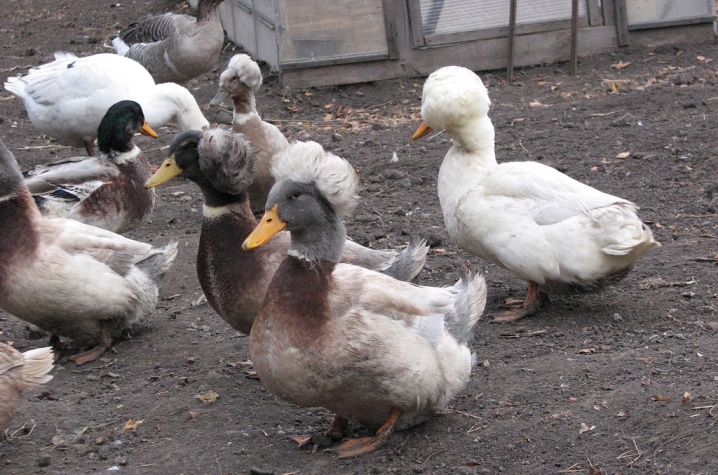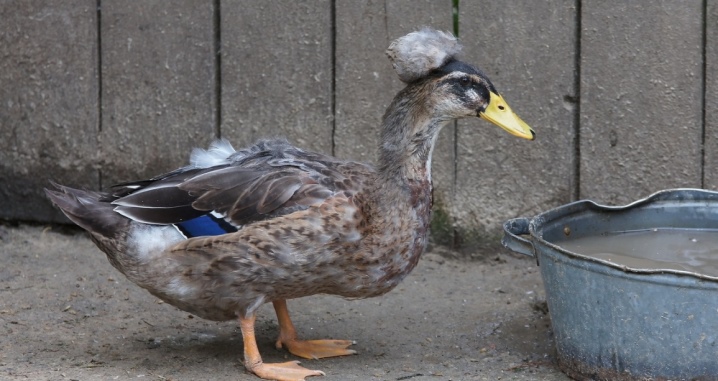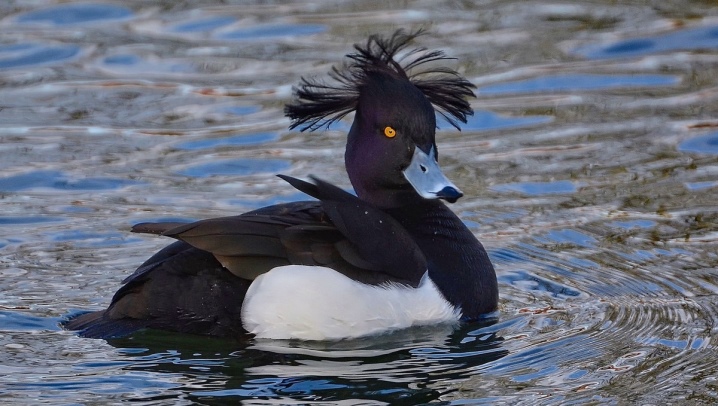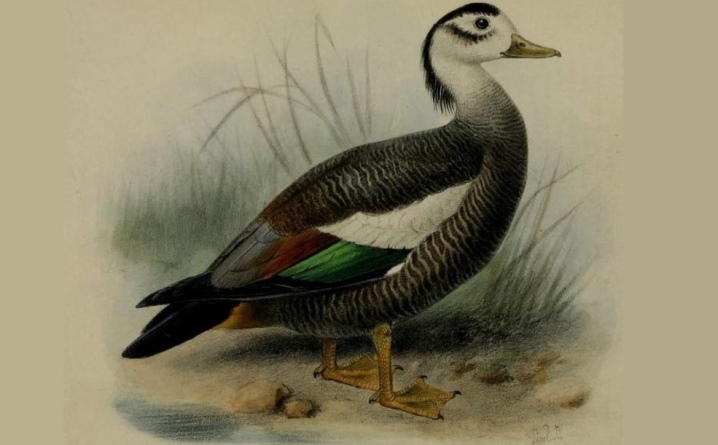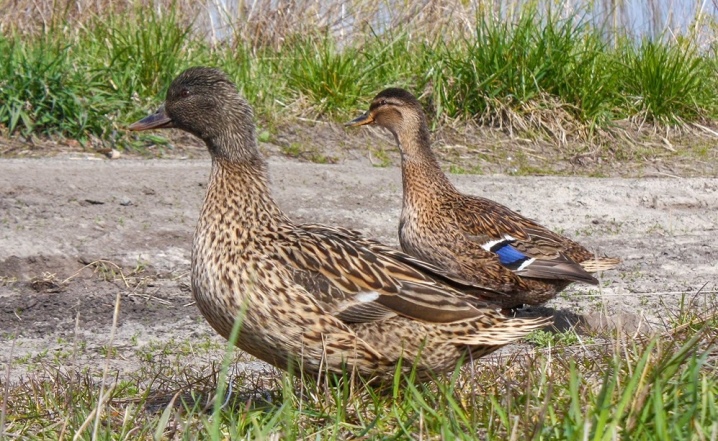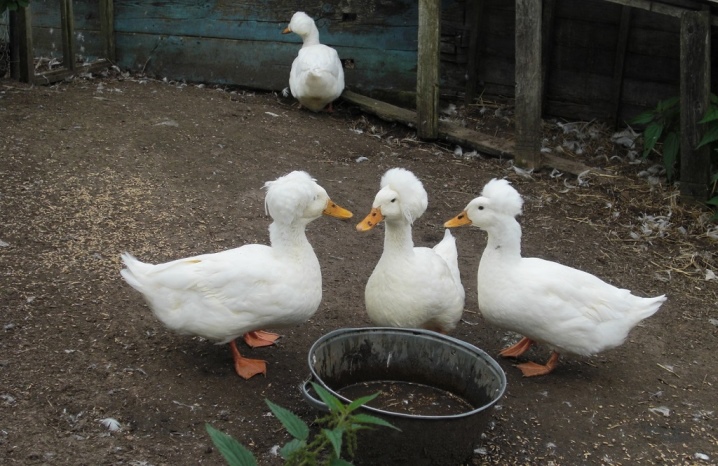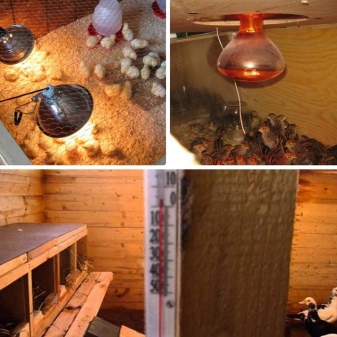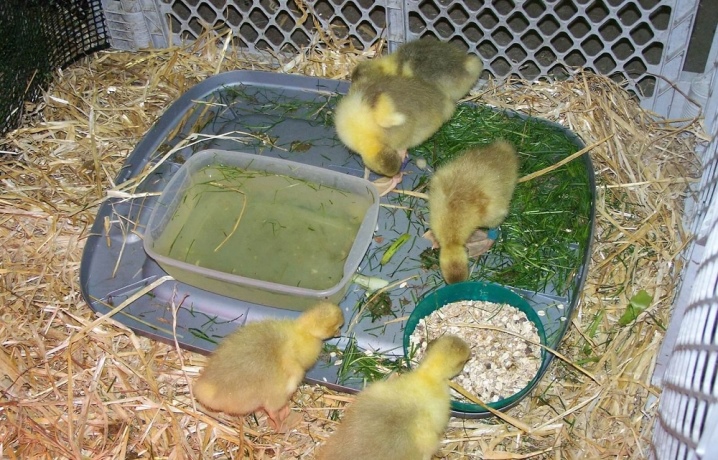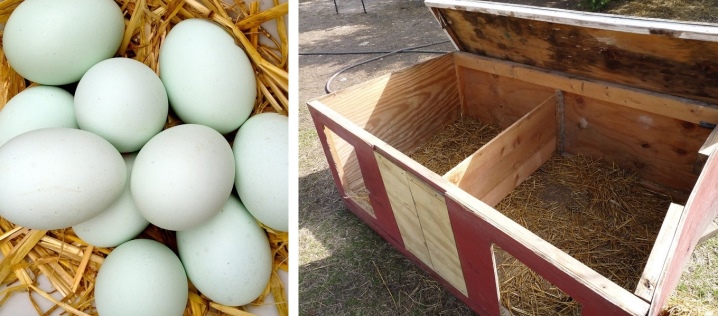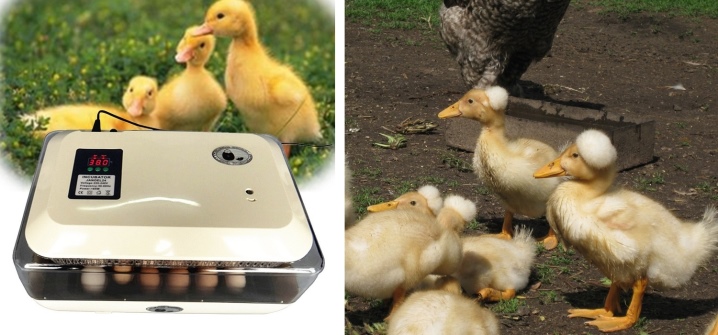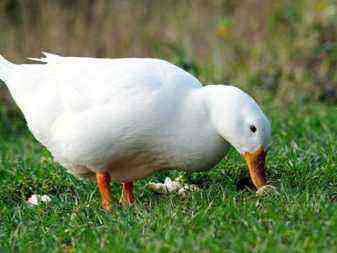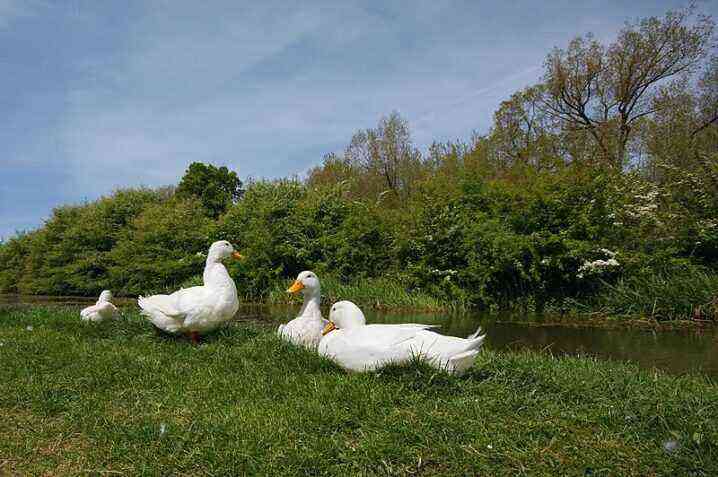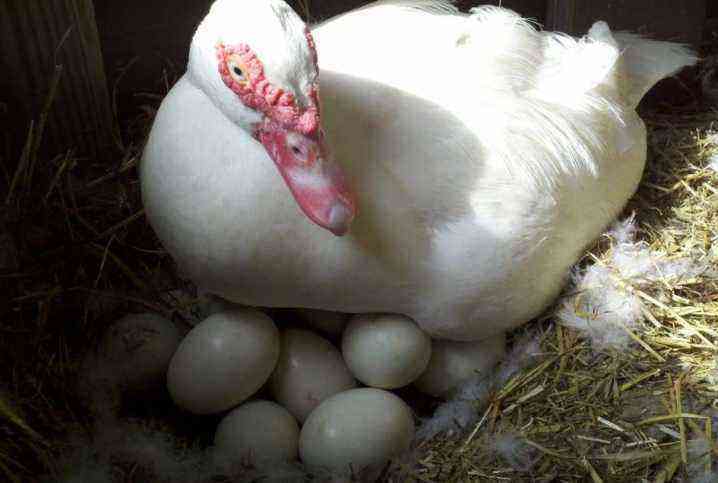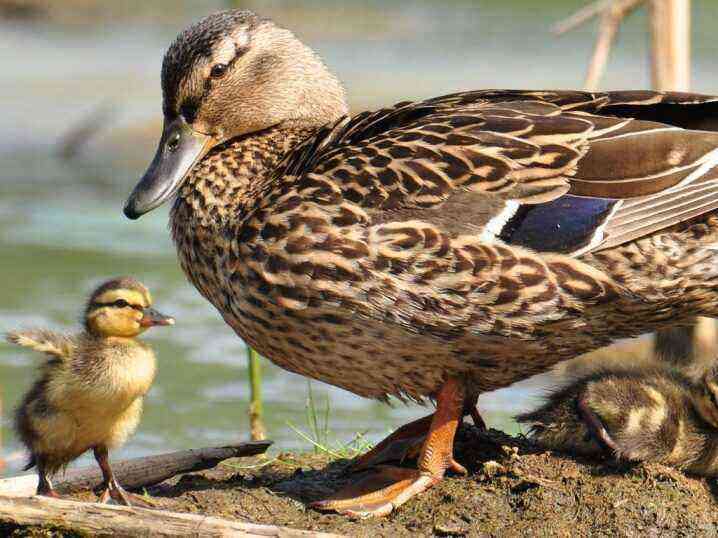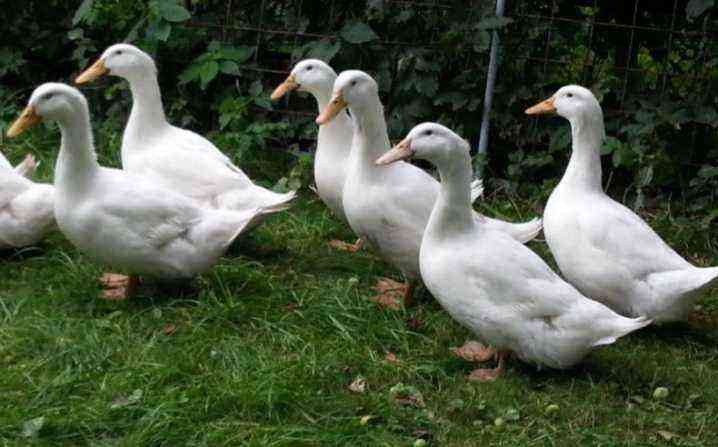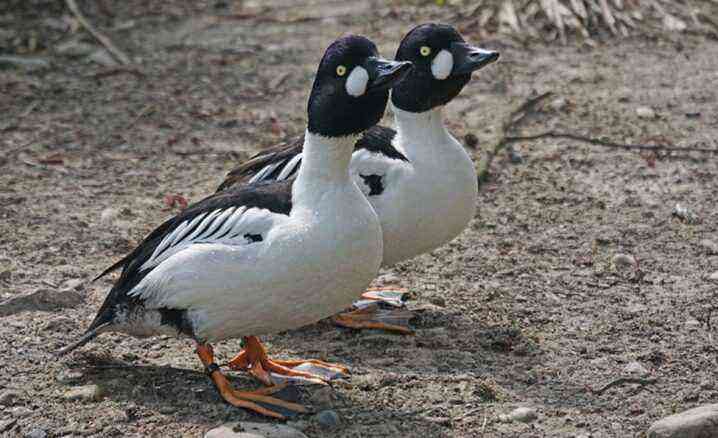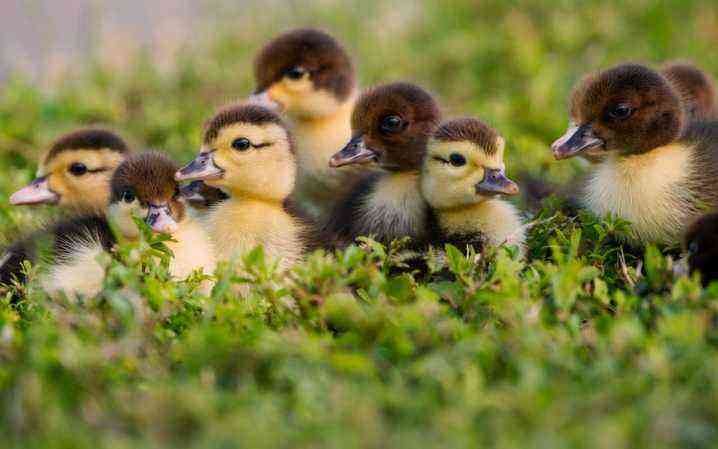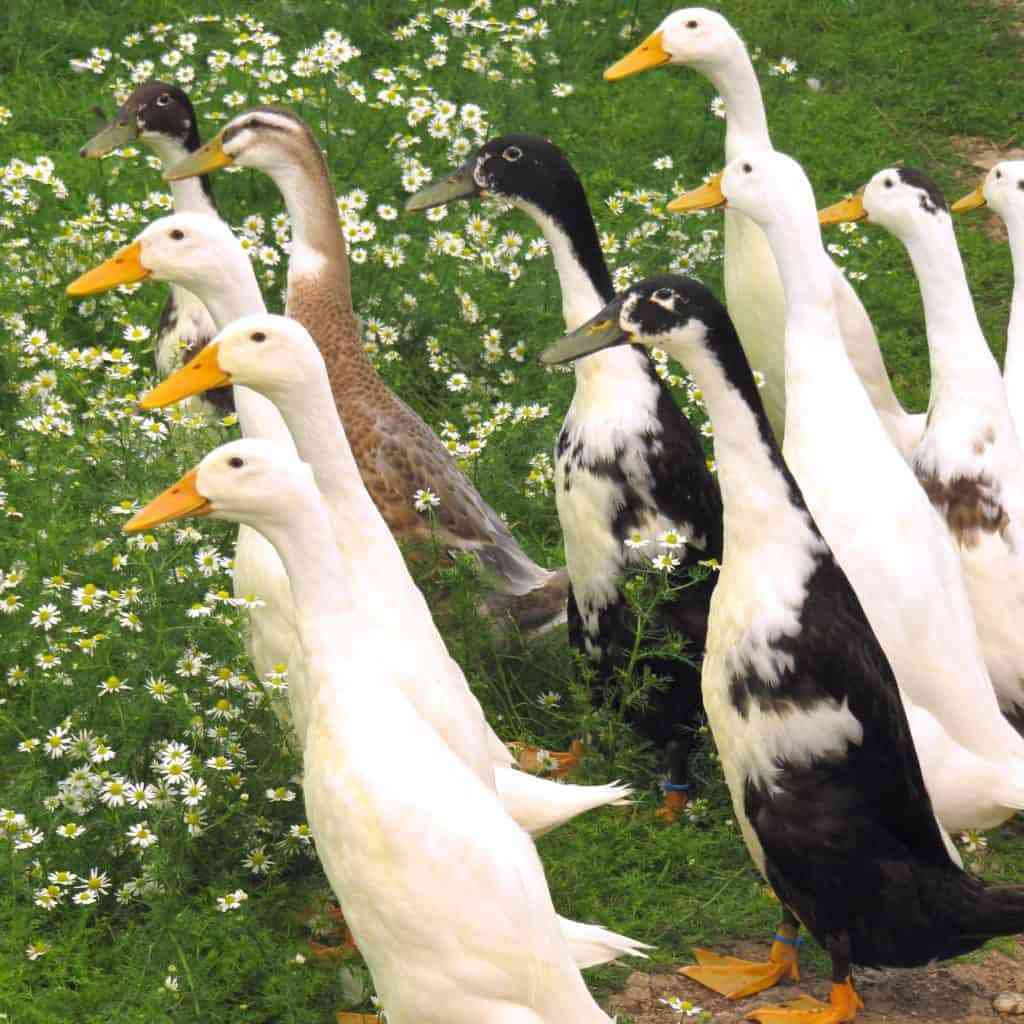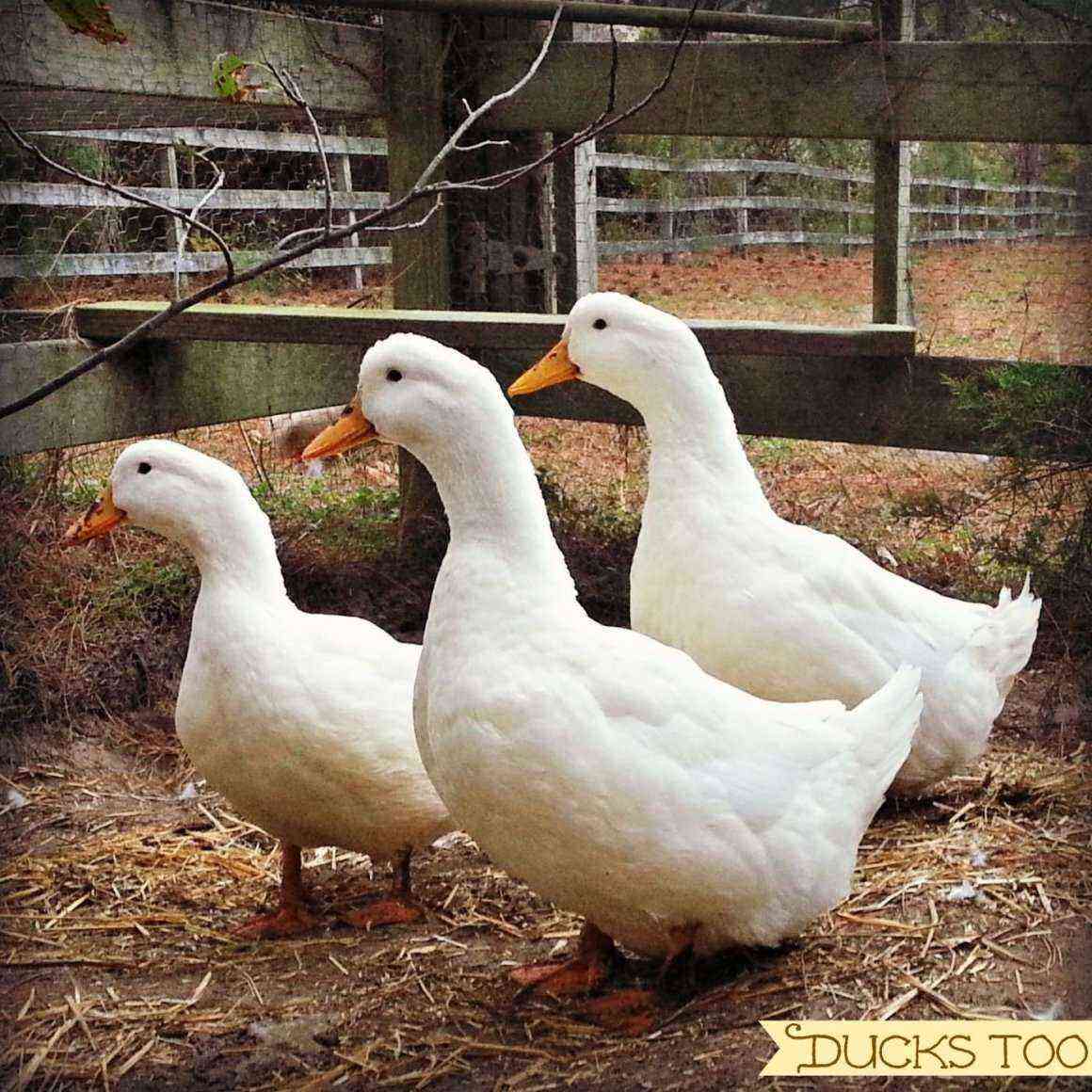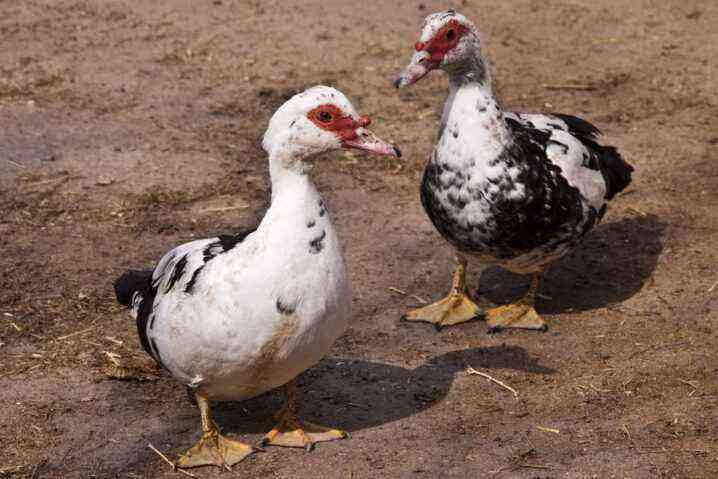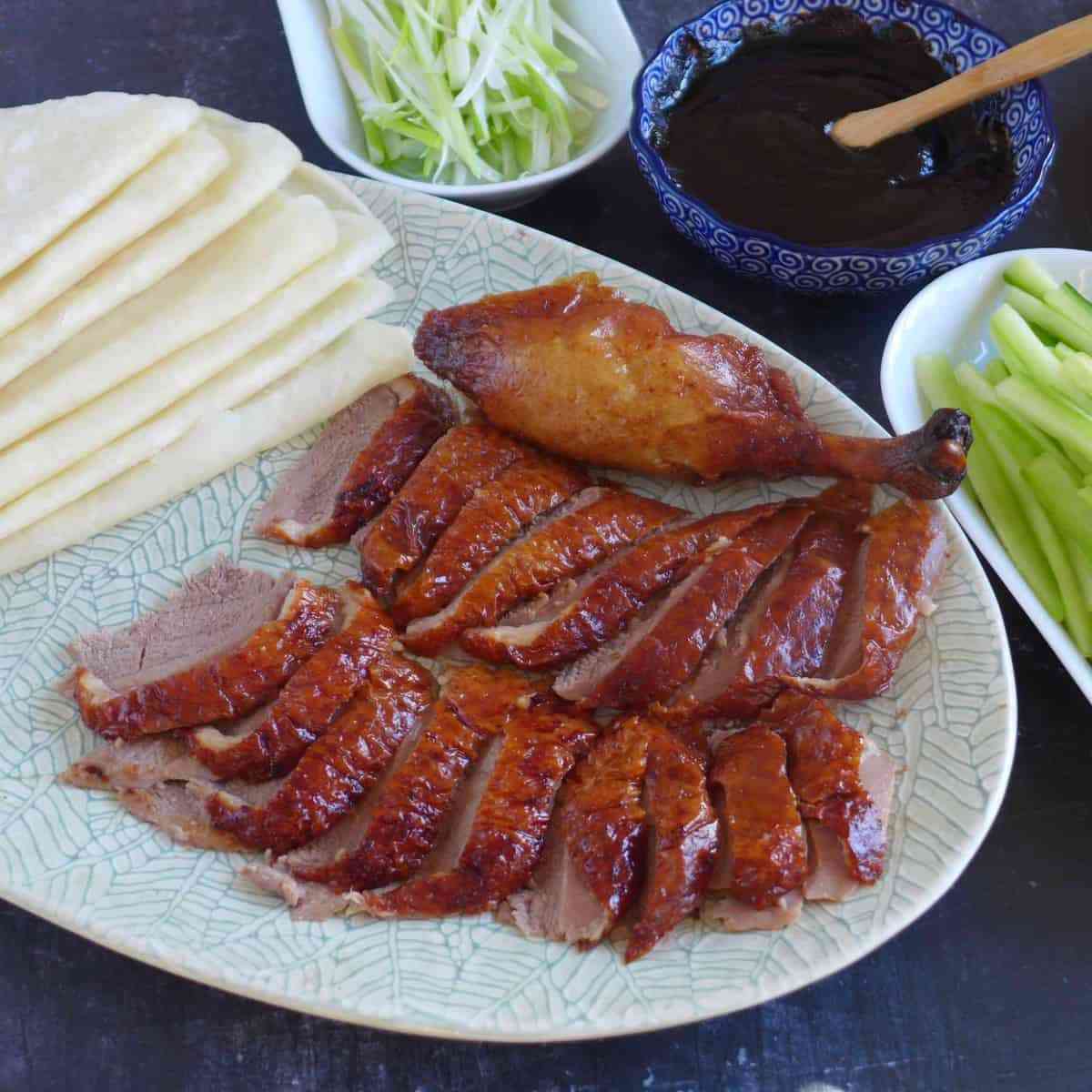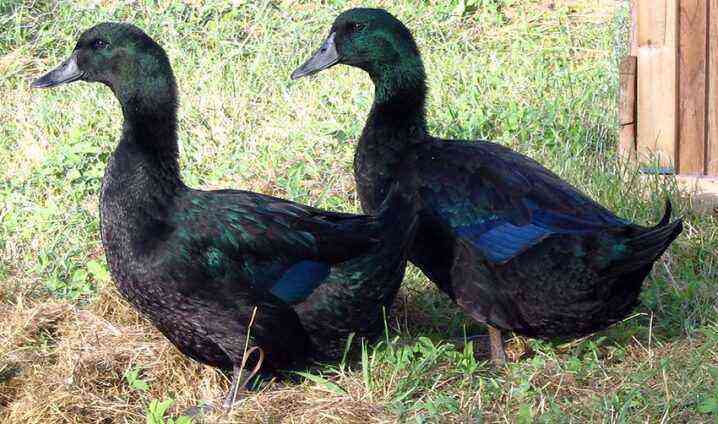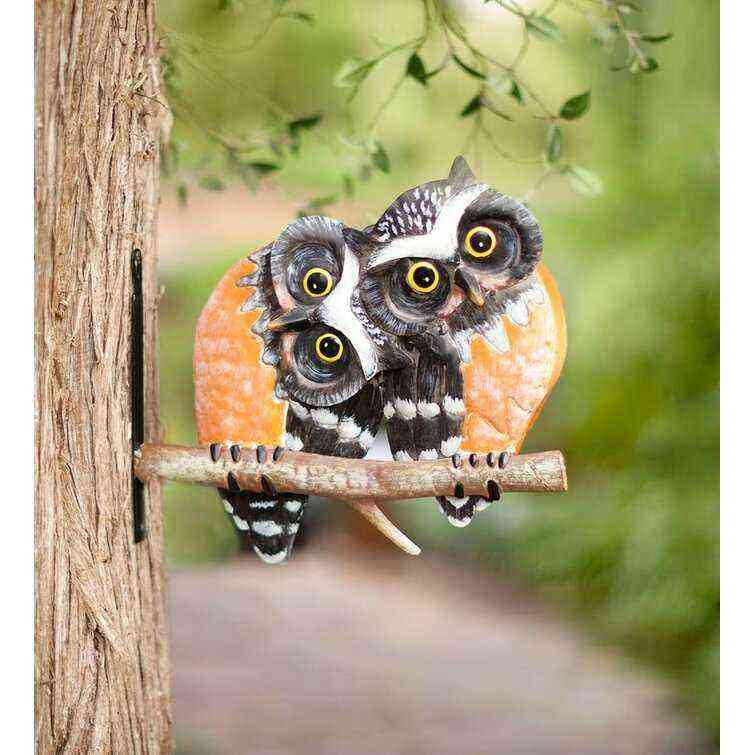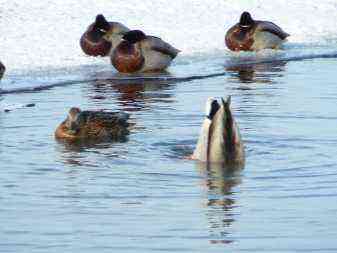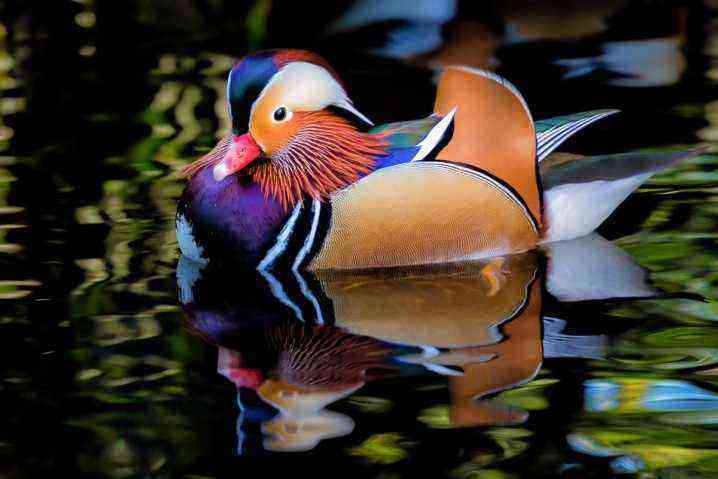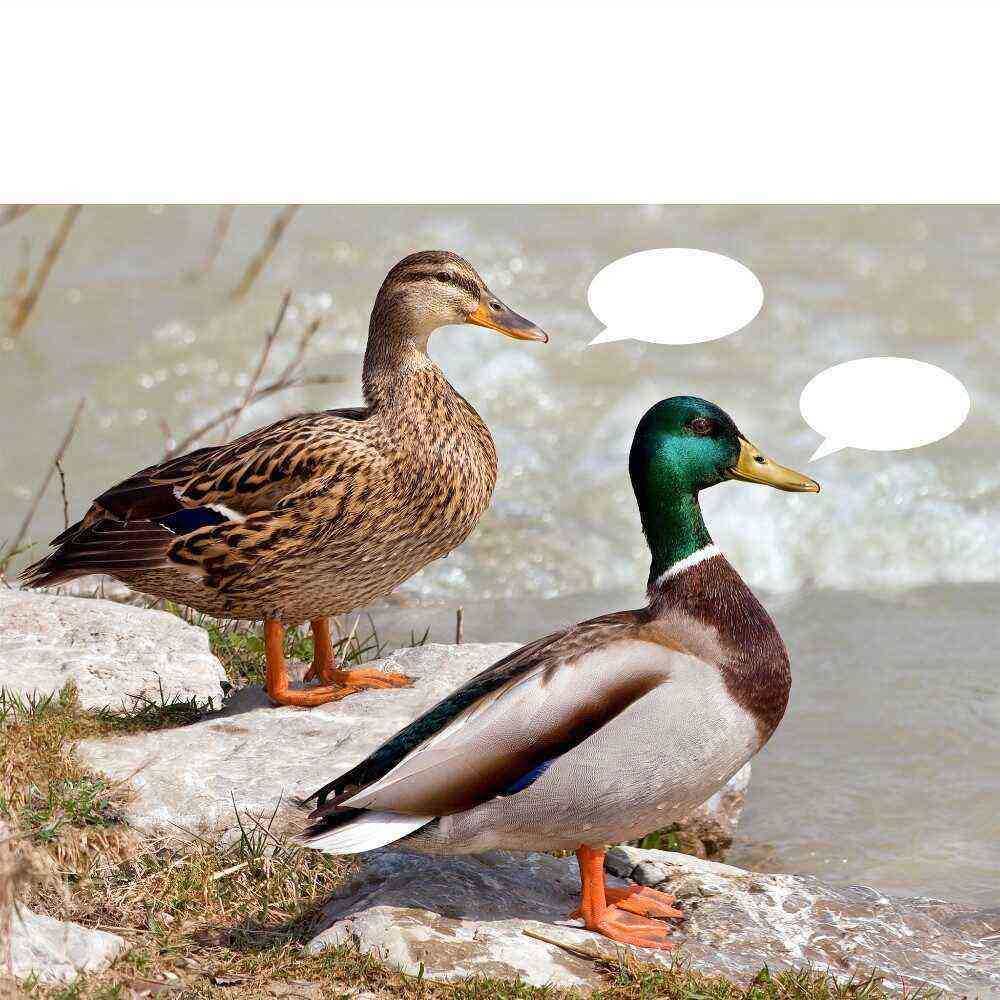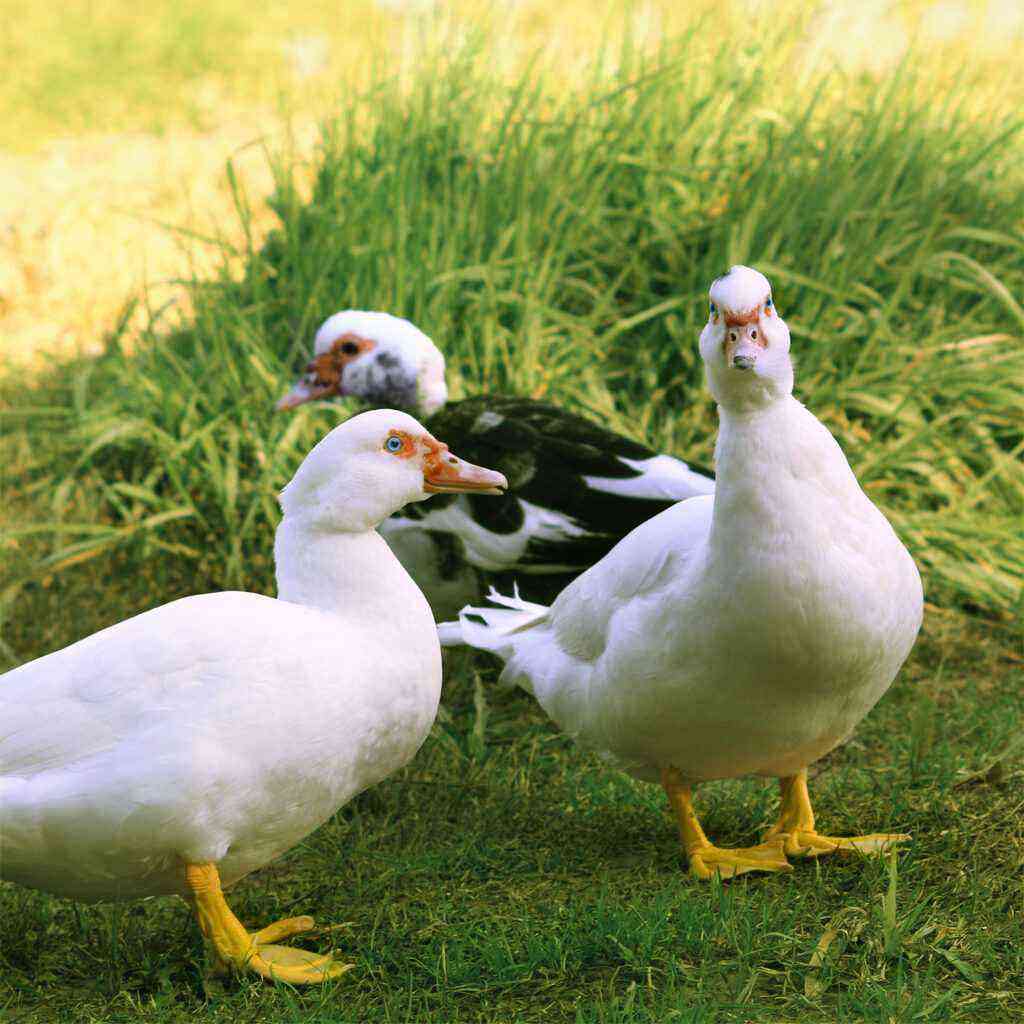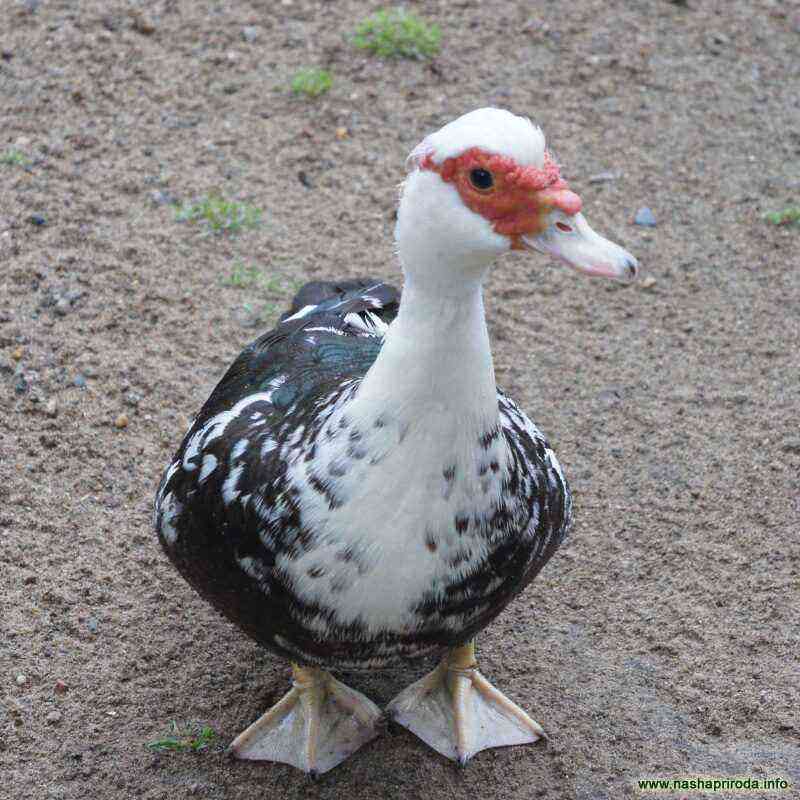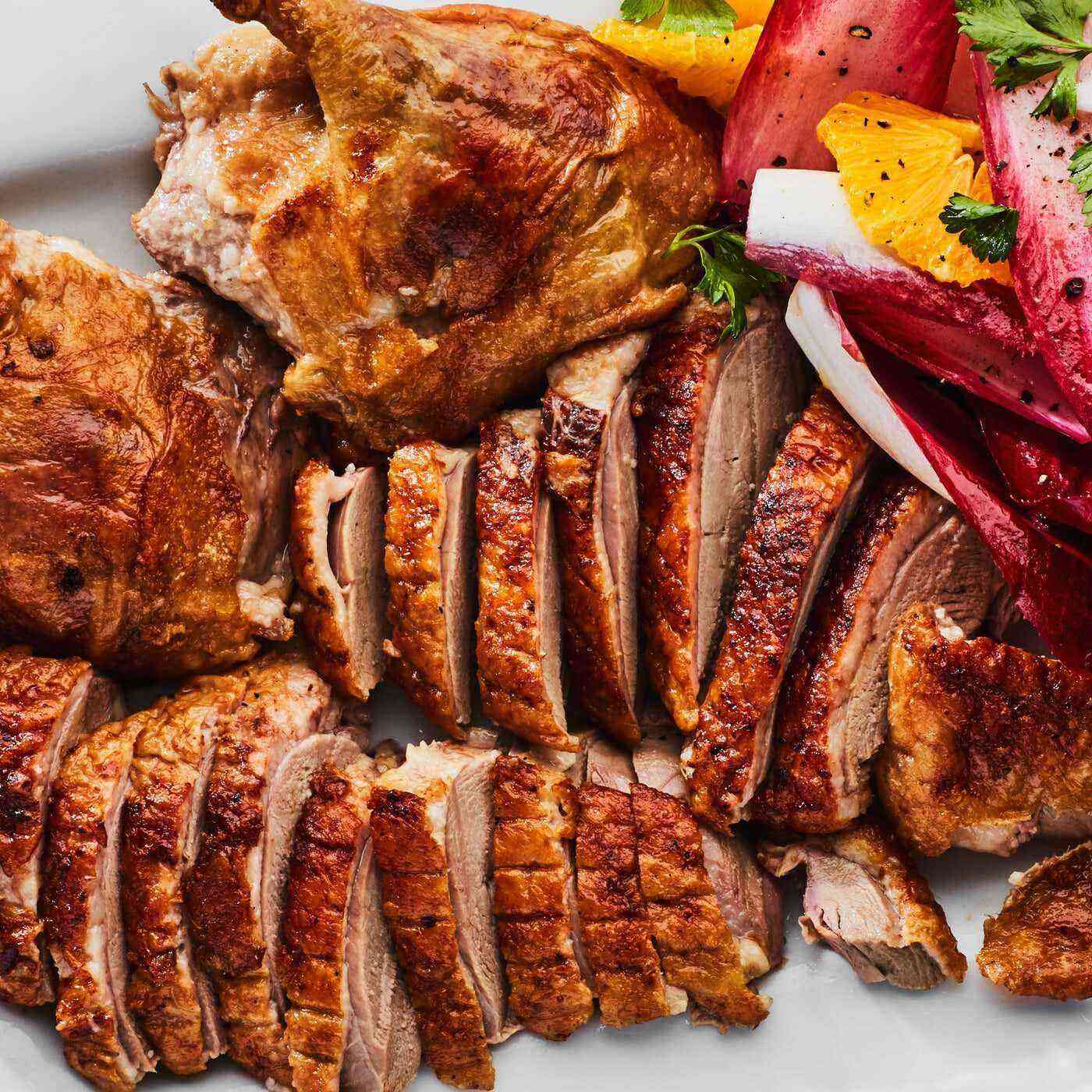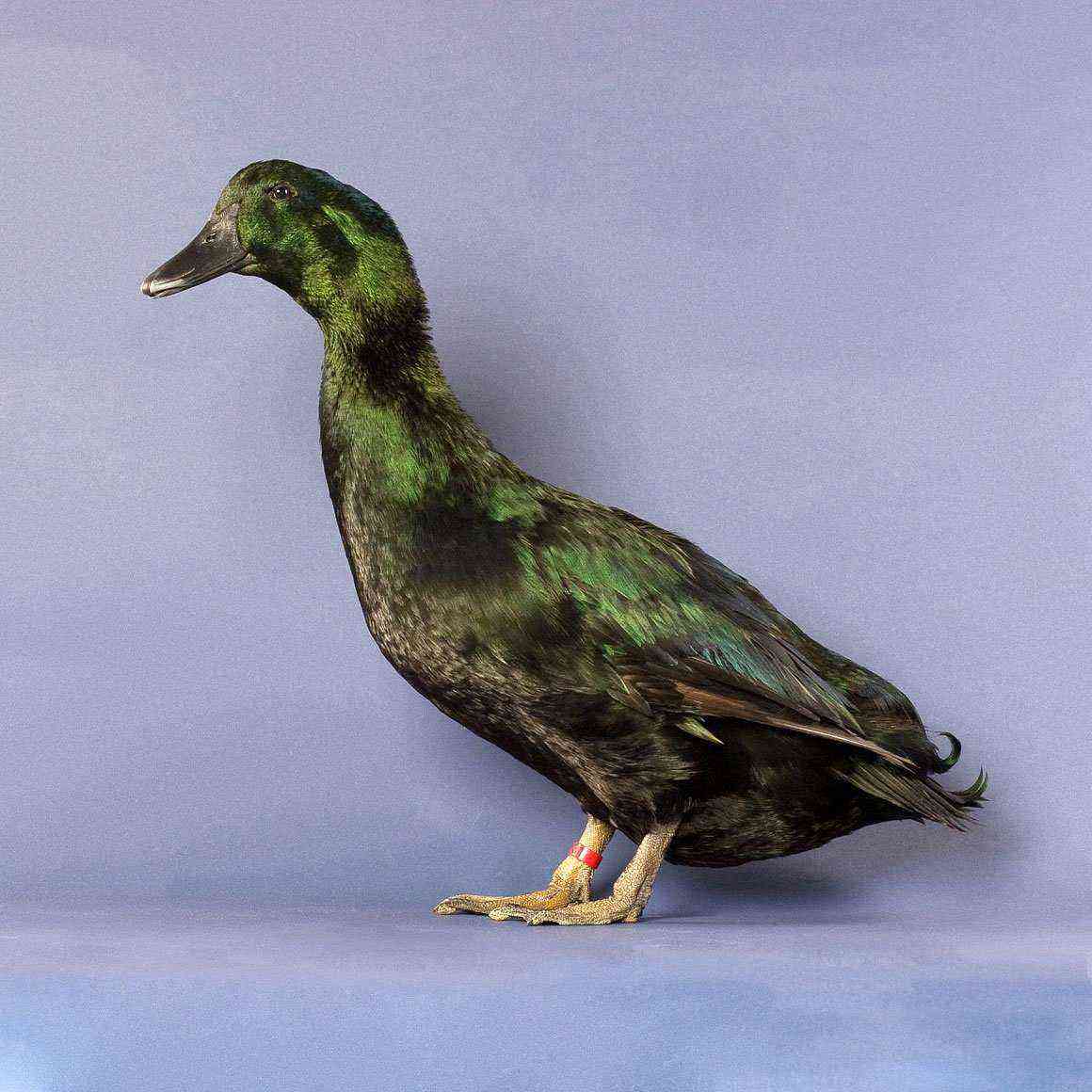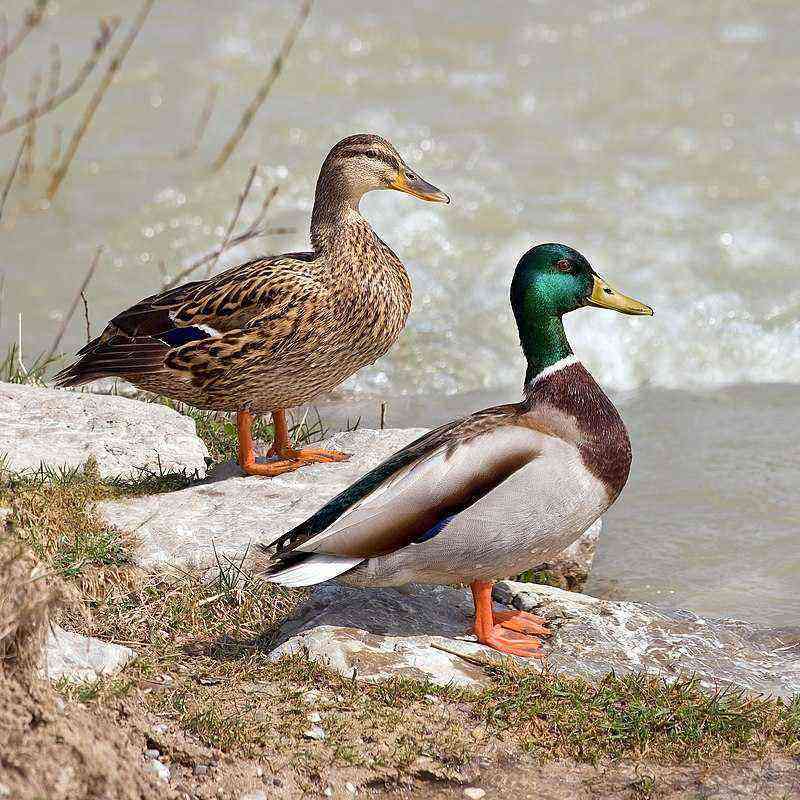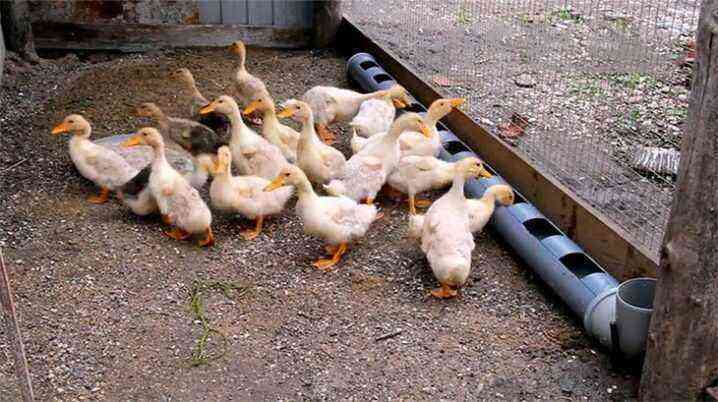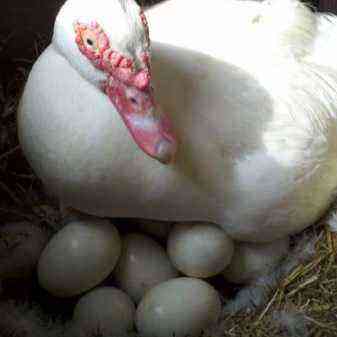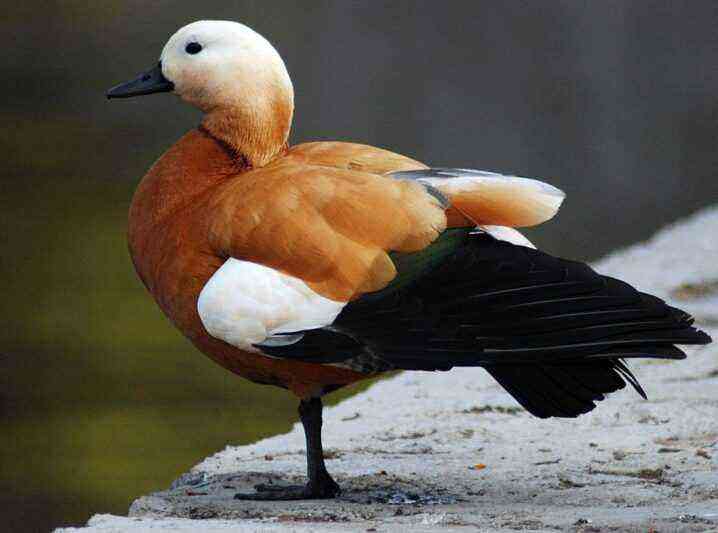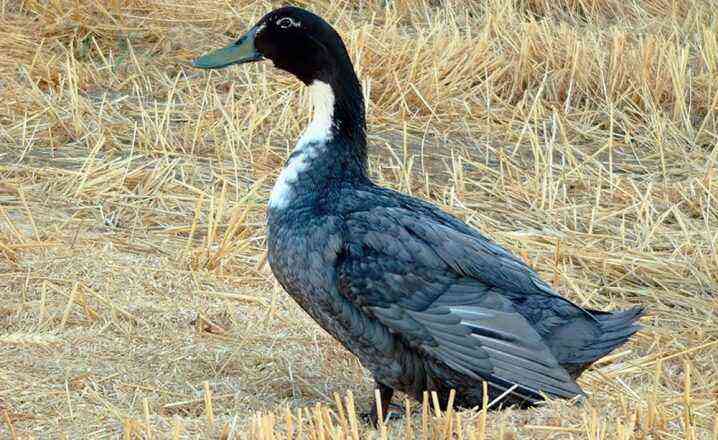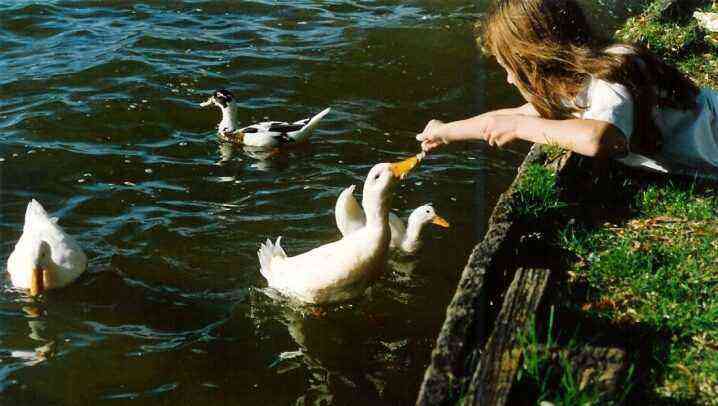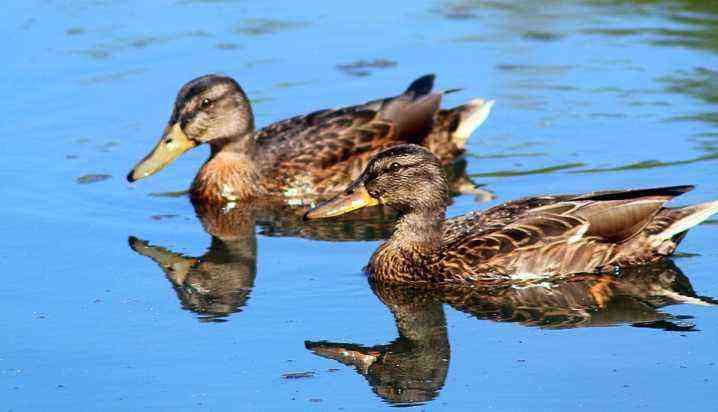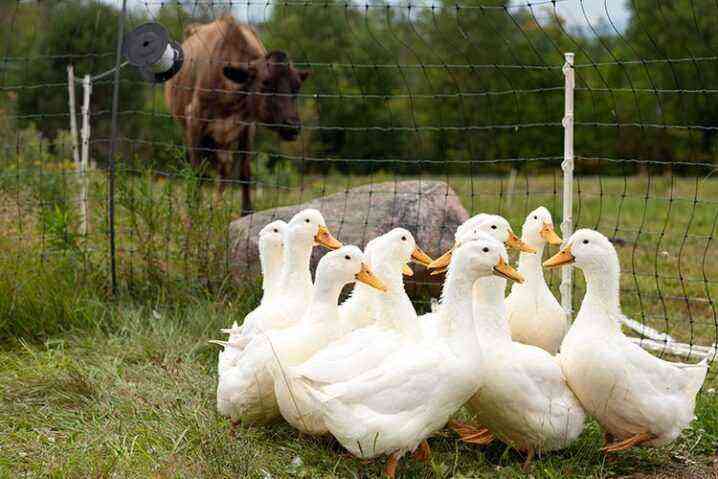Modern decorative breeds of ducks with a tuft are due to the crossing of local species of ducks with representatives of the Chinese crested breed. The first hybrids appeared in Europe about three centuries ago. Birds of these breeds are usually not bred for industrial purposes, they are rather decorative.
Description
As the name implies, the distinguishing feature of the bird is the crest on the crown, in the form of a crown or cap. Moreover, not all ducklings obtained from Corydalis will be able to boast of this decoration on their heads. The gene responsible for crestedness is lost quite quickly when crossing, therefore, in order to preserve this trait, it is necessary to select parents very carefully. Since there are wild ducks in the pedigree of modern Corydalis, they turned out to be quite hardy and unpretentious. The color of feathers is different, depending on the place of origin. There is a relationship between the color intensity of the feathers and the beak. If the color of the feathers is dark, then the beak will be more intensely colored.
Character – active, calm, non-aggressive. The average weight of an individual does not exceed three kilograms. During the year, a bird can lay about 60 eggs, weighing 70-80 g. The unique appearance of the group of breeds of crested ducks has made them very popular with poultry farmers, which is why many subspecies have appeared.
The advantages of this variety include an unusual appearance and beautiful plumage, unpretentiousness in conditions of maintenance and nutrition, tasty dietary meat and eggs.
The disadvantages are considered low productivity, difficulties in finding purebred individuals to obtain chicks with a beautiful crest, low egg production.
Subspecies and their characteristics
Russian crested breed distinguished by a strong physique, a wide chest, a round tummy. The crest is rounded, shifted to the back of the head, as a rule, of a lighter shade than the rest of the plumage. Monochrome color – black or white, multi-colored subspecies are less common. Dense plumage is present on the chest, legs. The beak is large, bright, curved. The wings are slightly longer than in other breeds, the keel bone is poorly defined, and the color of the eyes is brown.
The Bashkir Crested has a miniature, but rather strong physique with well-developed muscles. This subspecies was bred by crossing individuals of white and colored breeds of Bashkir ducks. In the process of breeding, the genes of the Beijing Crested were added. As a result, we got an individual with a color of feathers from snow-white to motley, picky in food, well adapted to adverse natural conditions. Characteristic features are also relatively high productivity and rapid growth of offspring. The meat is tasty, low in fat and without a specific smell.
The Ukrainian Corydalis has almost all the features characteristic of the breed group. The weight of ducks is from 2 to 2,5 kilograms, they rush similarly to the breed of Russian Corydalis – throughout the year. A neck with a slight bend and a light stripe around, resembling a collar. Small head with brown eyes, medium curved beak. The body is dense, strong, the color of the feathers is gray, it casts mother-of-pearl in the sun.
Crested duck is common in Europe and throughout Russia. It can be found in the Volga region, in the Kolyma, in Karelia, Western Siberia, in Taimyr. It has an unusual black and white color, which is why it is quite common among lovers of decorative domestic ducks. The head, back, tail and neck of this duck are black, but the wings, belly and sides are white. The tuft is an elongated tuft of feathers at the back of the head. In males, the crest is longer than in females: 4 cm versus 2,5 cm. There is a black border along the edge of the wings, and the wings themselves are tightly pressed to the body. Paws are black, eyes are yellow, beak is gray. This type of duck often adorns city ponds in parks.
Another subspecies of crested ducks – crested shelduck or Chinese crested. She is an endangered species. The image of individuals of this breed can be found even on ancient Chinese engravings. She has a colorful, rather bright plumage. The chest is covered with beautiful dark green feathers. Easily moves on land. It independently obtains its own food in reservoirs. It often lives in ponds in city parks. Representatives of this breed are considered more wild than domestic.
It is impossible not to mention also the Semenov breed of ducks. It is a small bird with a thin neck and small head. The body is proportional, slightly elongated. On both sides of the eyes, clearly defined stripes, the so-called blazes, are visible. The beak is of medium width, slightly shorter than that of wild ducks. Paws and beak are dark.
Among the Semenov ducks, a variety of ducks is distinguished, in which the color of the plumage is darker, the feathers themselves are finely speckled, the color of the head and neck is dark gray. In some areas on the territory of Russia they are called chubarye, as well as aspens. Ducks of the Semenov breed are distinguished by a loud, sonorous voice. Their cry can attract a whole flock of wild birds. Therefore, they are often used by hunters as bait, that is, as decoy ducks. Such birds are bred for a long time, they make good contact with humans and have a calm character.
Features of the content
Individuals of crested ducks do not require any special conditions for keeping. And all thanks to the presence of wild ducks in the pedigree. However, some points still need to be taken into account. The duck house should be kept clean and at the right temperature and humidity levels.
Too dirty, damp and cold room will contribute to diseases of birds, deterioration of their appearance.
Russian corydalis are especially gentle in this regard.
Thus, it is preferable that the floor in the poultry house is concrete or brick. Straw, sawdust, hay can be used as bedding. The thickness of such litter is usually 5-10 cm. Crested ducks can be kept in aviaries, but they are much more suitable for free range, as well as the presence of an open reservoir. If not, it is recommended to put large containers of water.
When offspring appear, it is necessary to maintain a higher temperature in the house. Therefore, an important point is the presence of a heater.
Food
In food crested unpretentious. Any food is suitable. If there is a lake or a river nearby, the birds will be able to feed themselves. In the cold season, add to the diet:
- silage, algae, grass;
- boiled vegetables and fruits;
- various cereals;
- chalk and shells.
Chicks are additionally boiled porridge, given fresh herbs, and also necessarily whey with cottage cheese.
Breeding
The main concern of a poultry farmer who breeds crested breeds is the presence of a tuft in the offspring. If one of the parents does not have this decoration on his head, then half of the ducklings will not have it either. Therefore, it is important to ensure that both the female and the male have crests. Although its presence even in both partners does not guarantee the appearance of this trait in offspring. In addition, the tufts may be defective: small, forked, falling on their side. The trunk may be uncharacteristically large or small.
Ducks start laying at the age of 6 months. One crested duck can lay about 60 eggs per year, less often – up to 120 pieces. If hatching is supposed to be done naturally, then it is necessary to prepare a nest. It is usually made from hay or straw.
It is allowed to put duck eggs under turkeys or chickens. In such cases, these birds take other people’s eggs for their own.
Approximately 27 days after laying, chicks appear. Usually they are recommended to be transplanted into a separate box to avoid injury. Often, an incubator is used to breed ducklings. It is set to thirty degrees of heat. In the first days of life, ducklings are fed quite often – about six times a day. After a week, the number of feedings can be reduced to three times. Chicks grow quickly, and in a month they reach a weight of 500 grams. A duck can take them to a pond, teach them independence.
You can see about crested ducks in the next video.
